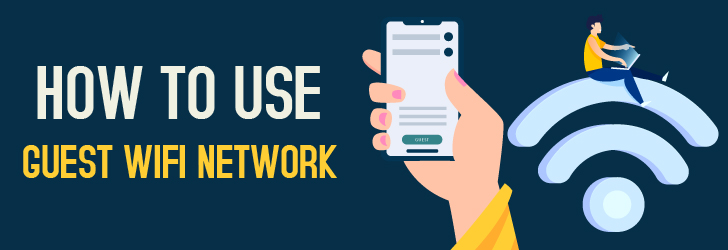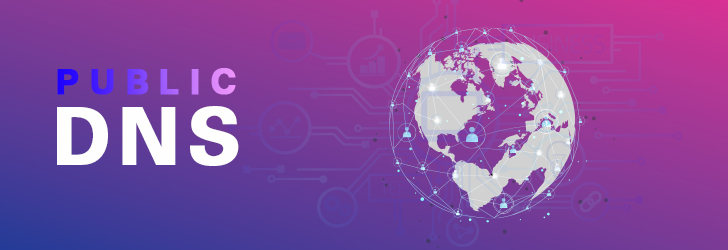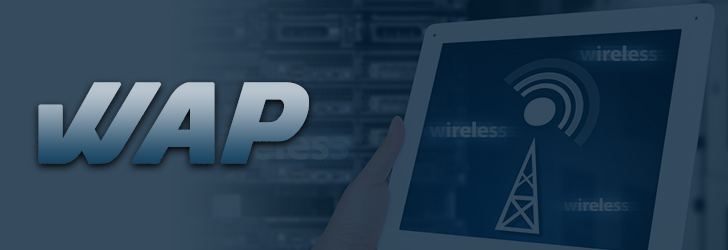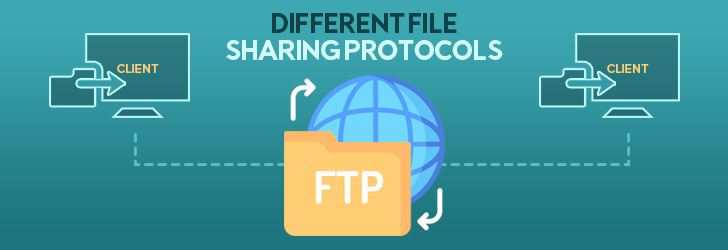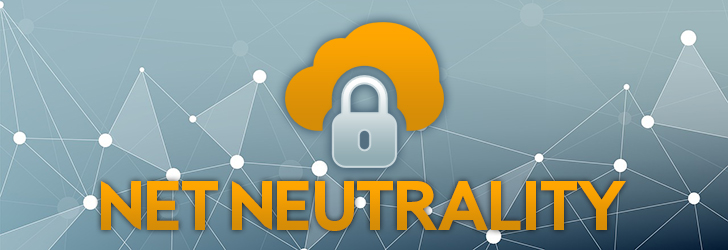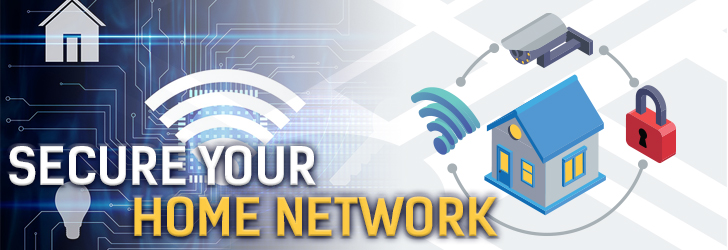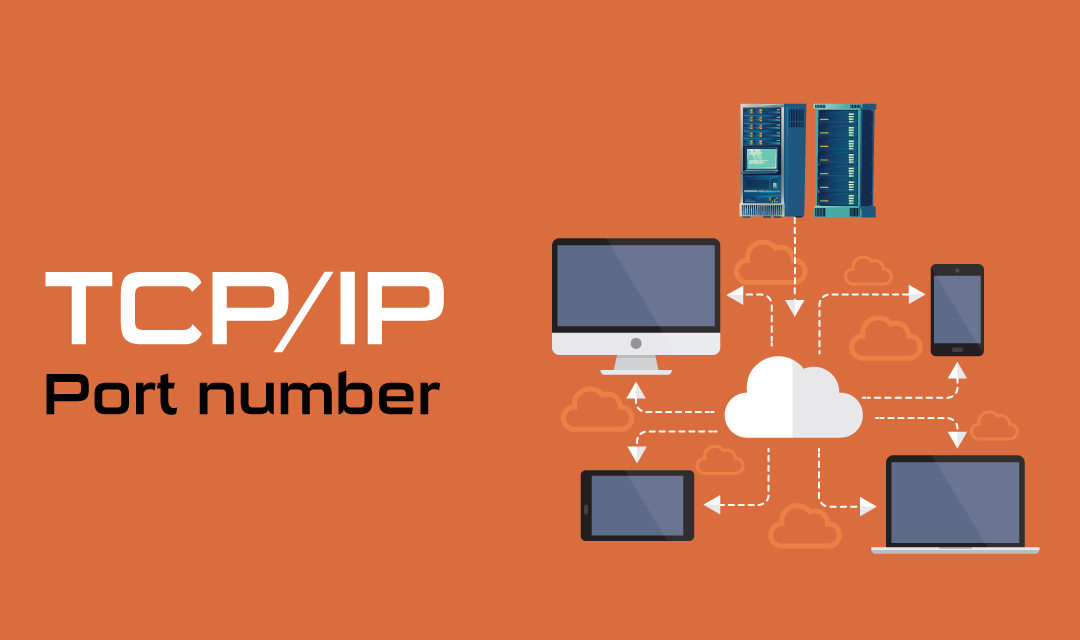
A port is a number assigned to an application to communicate between the server and client. In the TCP/IP network, applications use one or more ports to communicate with a client. A port number is a 16-bit unsigned number ranging from 0 to 65,535. The first 1K ports (0 through 1023) are usually called well-known ports that are assigned to system applications, the next range from 1024 through 49,151 are allocated for user registered ports, and the final range 19,152 through 65,535 are used for private or ephemeral purposes. The transport protocol that uses ports are (1) TCP and (2) UDP.


